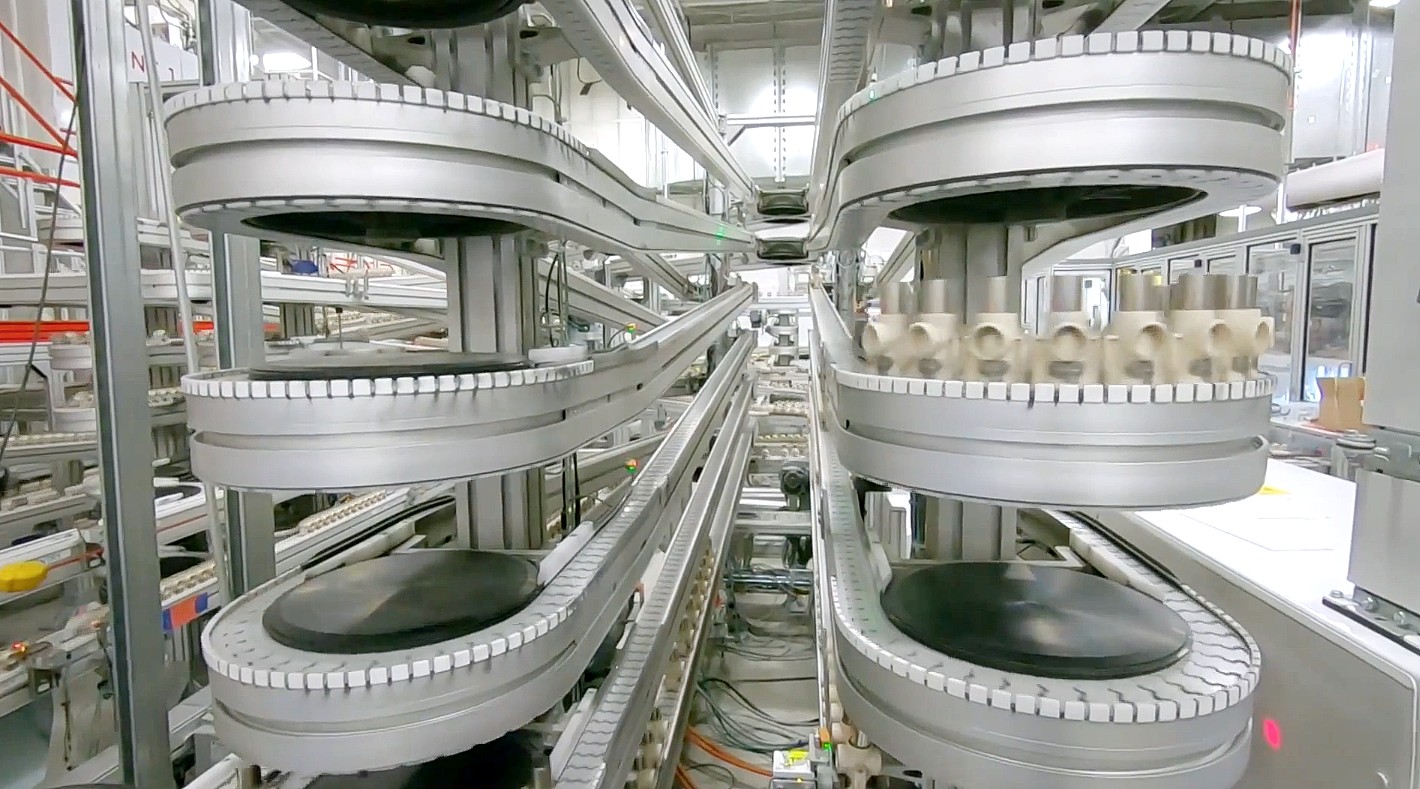
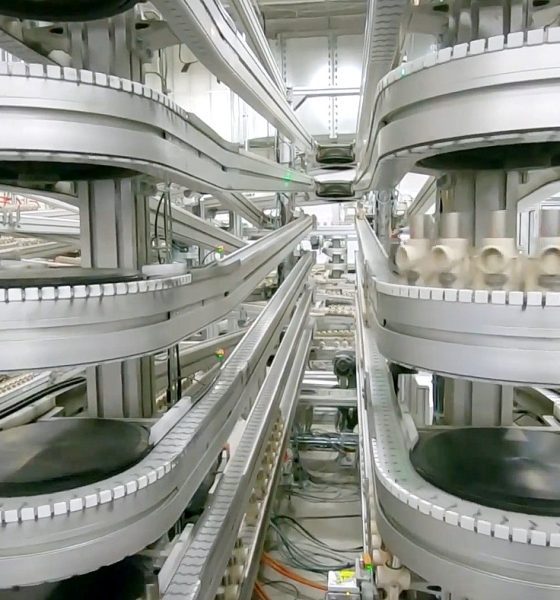
News
Tesla can solve an annoying part of its cars’ ownership experience with Maxwell’s supercapacitors
When Tesla acquired Maxwell technologies, the electric vehicle community was appropriately excited. Maxwell, after all, works on projects such as dry battery electrode tech and supercapacitors, both of which are believed to hold a lot of potential in the emerging electric vehicle sector. But as the countdown to the highly-anticipated Battery Day draws near, speculations suggest that Tesla acquired Maxwell mainly due to the company’s dry battery electrode tech, not its supercapacitors. Yet according to Andrey Shigaev, CEO of Geyser Batteries, supercapacitors still hold some potential uses for Tesla’s electric cars.
In a brief interview with Teslarati, Shigaev, whose company is developing batteries that use aqueous (water-based) electrolytes, noted that while supercapacitors will likely not be involved in Tesla’s million-mile battery project, there are already a lot of local tasks in an electric vehicle that could benefit from the use of supercapacitors. Among these is smart air suspension, a feature that is currently used in the Model S and X and is expected for upcoming vehicles like the Cybertruck. But beyond this, the Geyser Batteries CEO mentioned that supercapacitors could also be utilized as a superior alternative to the 12V battery that Tesla uses for its vehicles today.
“The more stuff gets electrified, the more power you need to perform tasks. The most classical thing (that could benefit from supercapacitors) and the number one item for Tesla is the 12V battery. Supercapacitors can handle this task. If you have a high energy battery onboard, then this secondary circuit could be powered by a supercapacitor that is very efficient. It will even have an extremely long life cycle. Supercapacitors are lighter too, saving weight. And they tend to be smaller than a lead-acid battery,” Shigaev said.
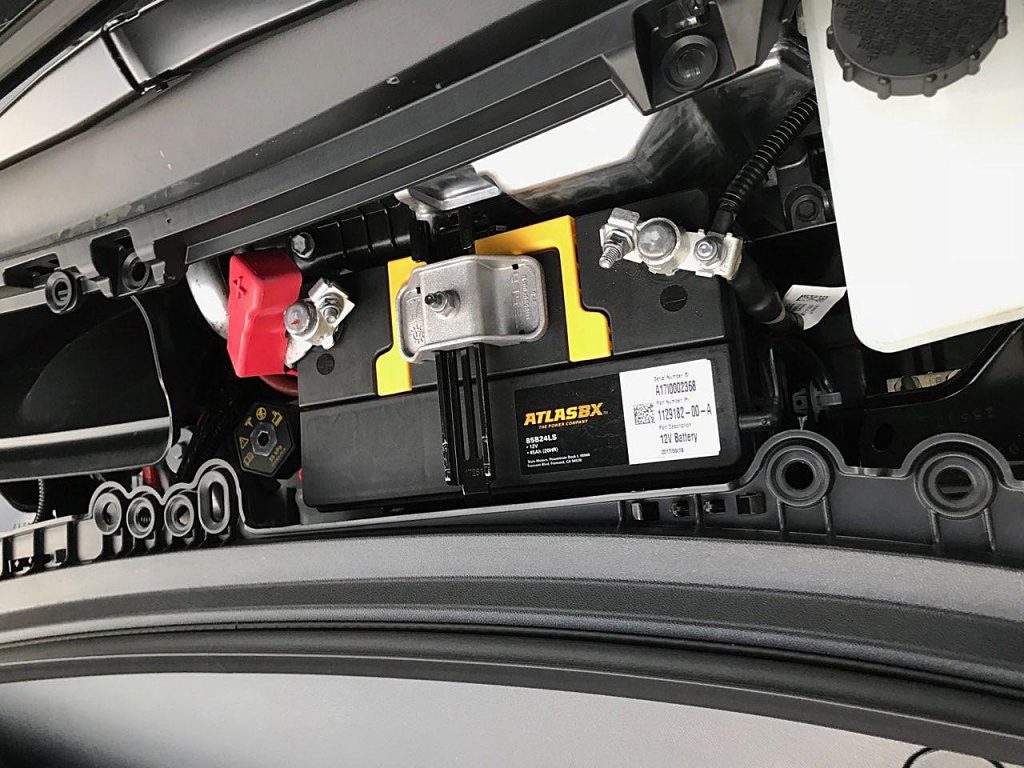
Interestingly enough, the earliest versions of the original Tesla Roadster didn’t use a 12V battery. Instead, the company used a portion of the Roadster’s main lithium-ion battery pack to supply 12V for the vehicles’ accessories and lights. This did not prove ideal, however, and in 2010, Tesla switched to using a 12V battery for the Roadster 2.0. It should be noted that the 12V battery, which has been adopted in every vehicle since the Roadster 2.0, is used to keep systems such as emergency blinkers, airbags, seatbelt pre-tensioners, the MCU, and other functions operational even when a car’s main battery pack is compromised.
Being one of the few parts of the car that is still based on conventional automotive tech, the 12V battery in a Tesla tends to last only a few years. As noted by Tesla Tap, the 12V battery in a brand new Tesla could last about 3-4 years, but this could be reduced to as little as 1-2 years if the vehicle is driven frequently. This could cause annoyances among Tesla owners, especially since the 12V battery’s health could not be actively observed in the vehicle’s systems yet. Social media posts about 12V batteries in Teslas giving out are numerous, with some owners noting that it is the one aspect of the Tesla ownership experience that is still mildly infuriating.
With this in mind, the use of supercapacitors in place of the 12V battery could be pretty in-character for Tesla. Nevertheless, the Geyser CEO explained that using supercapacitors in place of the 12V battery would present some challenges as well. Among these is cost, since supercapacitors are notably more expensive than standard 12V lead-acid batteries. Yet despite this, the advantages they bring could justify their use, especially among flagship vehicles like the next-generation Roadster and the Plaid Model S and Model X.
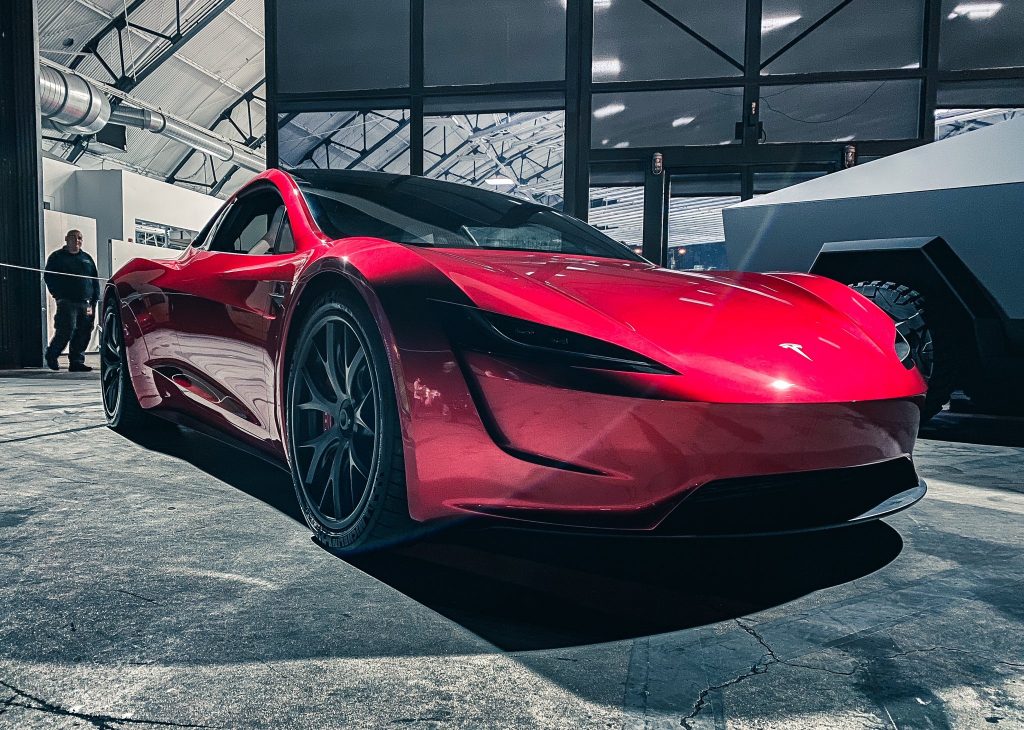
“Supercapacitors have a main caveat. There are three drawbacks. First and foremost is energy density, which is ten times lower than lead-acid battery. Second is their price since currently, their price is astronomically larger. The third is discharge. If you leave it alone for almost one month, it would discharge completely. However, if you have an electric car and there’s a high energy battery in the car like a lithium-ion battery, that would be the power source for the vehicle,” Shigaev noted.
Other industry experts have suggested uses for Maxwell’s supercapacitors in Tesla’s electric cars in the past. Auto veteran and Munro & Associates Sr. Associate Mark Ellis previously noted that apart from dry electrode tech, Tesla could tap into Maxwell’s supercapacitors to improve its vehicles’ battery management systems.
“One of the issues with the battery is, when I step on the throttle hard, I’m pulling a lot of energy from the battery. And then, when I brake hard, I’m pulling a lot of energy out of the regen, but the batteries can’t take it fast enough. The batteries get really stressed when you try to pull it up too much, so if I had supercapacitors that I could use as a cushion; so when I need energy quickly, (I can) pull it from the supercapacitors and then fill the supercapacitors back up with the battery slowly; and then when I brake, I can capture more of that regen energy and do the supercapacitors faster. I think that just makes logical sense, because now all of a sudden I’ve got a sponge in front of my main energy source and I’m not stressing (the battery) so much,” Ellis said.

News
Tesla shares epic 2025 recap video, confirms start of Cybercab production
The cinematic montage, posted by the official Tesla account on X, celebrated the company’s progress in EVs, energy, and Robotaxi development.
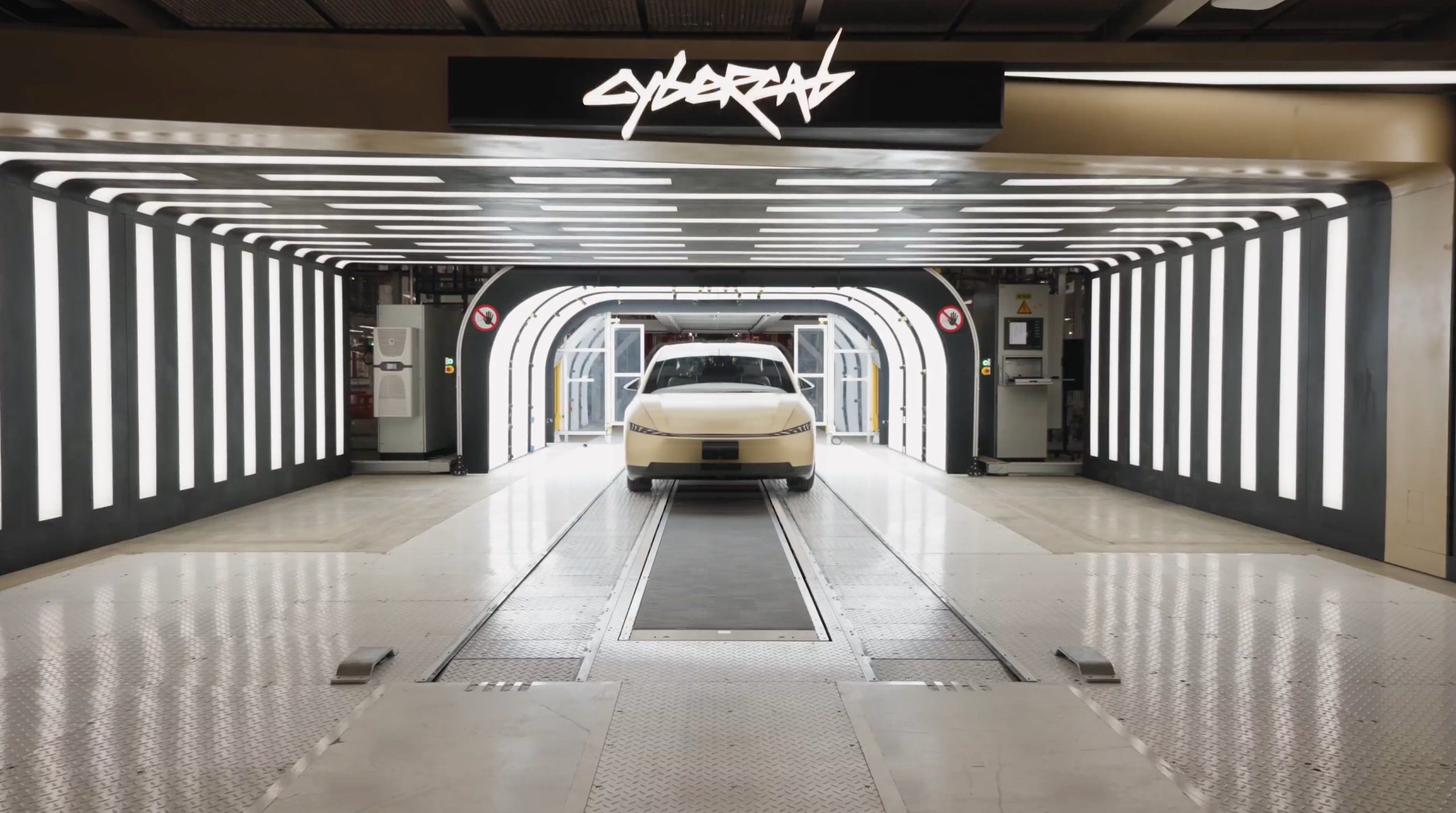
Tesla has released an epic year-in-review video for 2025, recapping some of its major achievements from refreshed models to autonomy breakthroughs and production ramps.
The cinematic montage, posted by the official Tesla account on X, celebrated the company’s progress in EVs, energy, and Robotaxi development while looking ahead to an even bigger 2026.
Tesla’s 2025 highlights recap
Tesla has had a busy 2025, as highlighted in the recap video. The video opened with Elon Musk explaining the company’s pursuit of sustainable abundance. A number of milestones were then highlighted, such as the rollout of FSD v14, Optimus’ numerous demos, the opening of the Tesla Diner in Hollywood, LA, the completion of the world’s first autonomous car delivery, and the launch of the Robotaxi network in Austin and the San Francisco Bay Area.
Tesla also highlighted several of its accomplishments over the year. As per the company, the Model Y was the year’s best-selling vehicle globally again, and Teslas became more affordable than ever thanks to the Model 3 and Model Y Standard. Other key models were also rolled out, such as the refreshed Model S and X, as well as the new Model Y, the new Model Y Performance, and the six-seat, extended wheelbase Model Y L.
The Megablock was also unveiled during the year, and the Supercharger Network grew by 18%. Over 1 million Powerwalls were also installed during the year, and the Cybertruck became the first EV truck to get both an IIHS Top Safety Pick+ award and an NHTSA 5-Star safety rating.
Cybercab production confirmed
Interestingly enough, Tesla also confirmed in its 2025 recap video that the production of the Cybercab has started. This bodes well for the vehicle, as it could result in the vehicle really being mass-produced in the first half of 2026. Elon Musk confirmed during the 2025 Annual Shareholder Meeting that Cybercab production should earnestly start around April 2026.
Musk has also noted that the Cybercab will be Tesla’s highest-volume vehicle yet, with the company aiming for an annual production rate of about 2 million units. “If you’ve seen the design of the Cybercab line, it doesn’t look like a normal car manufacturing line,” Musk said earlier this year. “It looks like a really high-speed consumer electronics line. In fact, the line will move so fast that actually people can’t even get close to it.”
News
Tesla Cybercab is changing the look of Austin’s roads, and it’s not even in production yet
Videos and photos showed the sleek, two-seat autonomous vehicles navigating traffic.
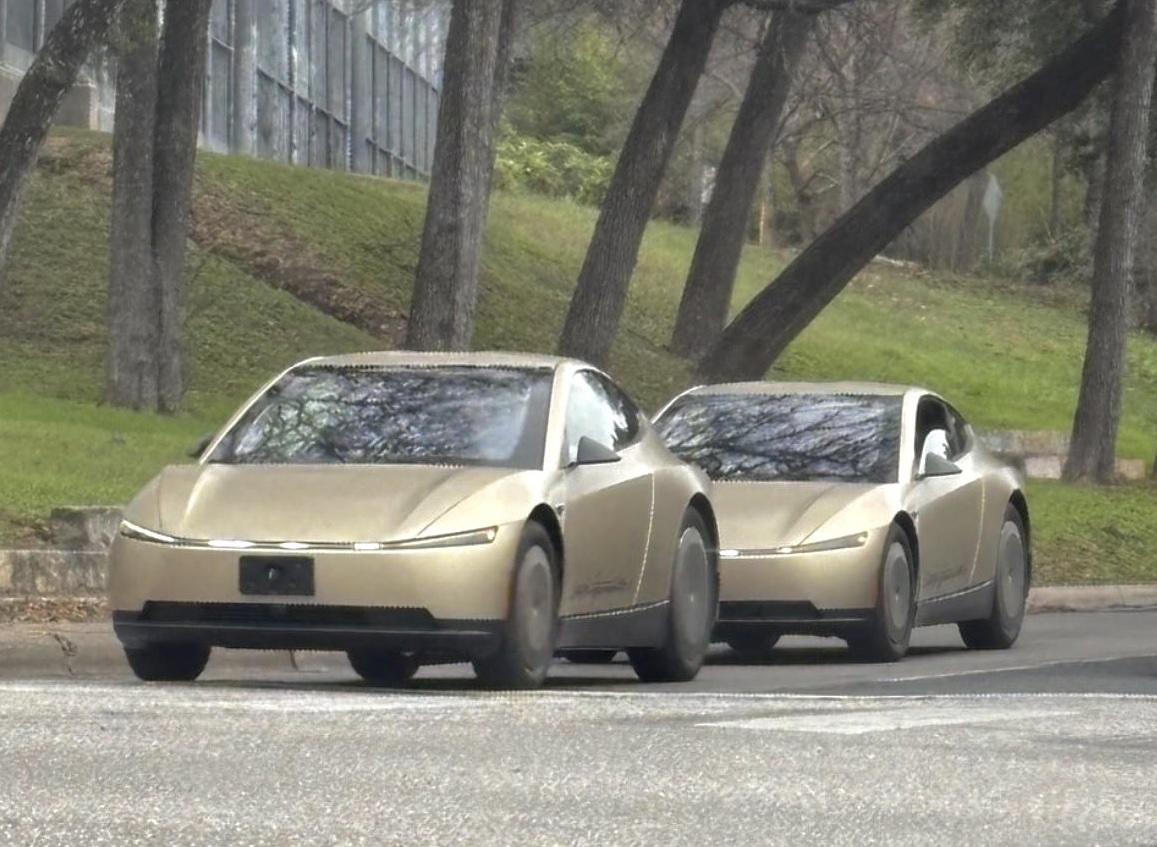
Even before entering production, Tesla’s Cybercab is already transforming the appearance of Austin’s streets, with multiple prototypes spotted testing in downtown areas recently.
Videos and photos showed the sleek, two-seat autonomous vehicles navigating traffic. Interestingly enough, the vehicles were equipped with temporary steering wheels and human safety drivers.
Recent Cybercab sightings
Over the weekend, enthusiasts captured footage of two Cybercabs driving together in central Austin, their futuristic silhouettes standing out amid regular traffic. While the vehicles featured temporary steering wheels and side mirrors for now, they retained their futuristic, production-intent exterior design.
Industry watcher Sawyer Merritt shared one of the vehicles’ videos, noting the increasing frequency of the autonomous two-seater’s sightings.
Previewing the autonomous future
Sightings of the Cybercab have been ramping in several key areas across the United States in recent weeks. Sightings include units at Apple’s Visitor Center in California, the Fremont factory test track, and in Austin’s streets.
The increased activity suggests that Tesla is in overdrive, validating the autonomous two-seater ahead of its planned volume production. Elon Musk confirmed at the 2025 Shareholder Meeting that manufacturing begins around April 2026 with ambitious targets, and during an All-Hands meeting earlier this year, Musk hinted that ultimately, Tesla’s factories should be able to produce one Cybercab every 10 seconds.
News
Tesla celebrates 9 million vehicles produced globally
The achievement, announced by Tesla Asia on X, celebrated not just the Shanghai team’s output but the company’s cumulative production across all its factories worldwide.
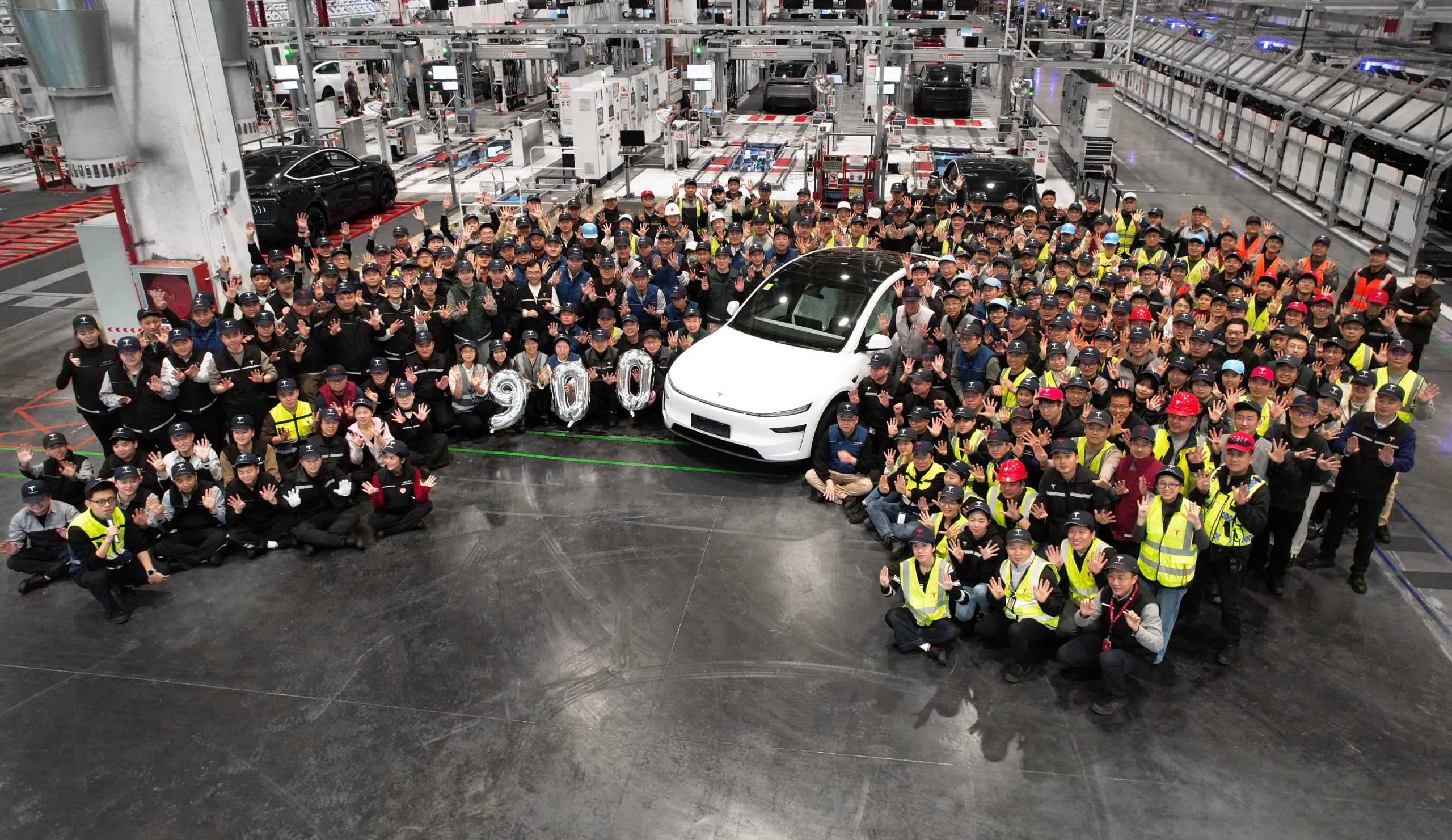
Tesla has achieved a new milestone, rolling out its nine millionth vehicle worldwide from Giga Shanghai.
The achievement, announced by Tesla Asia on X, celebrated not just the Shanghai team’s output but the company’s cumulative production across all its factories worldwide. The milestone came as 2025 drew to a close, and it inspired praise from some of the company’s key executives.
Tesla’s 9 million vehicle milestone
The commemorative photo from Tesla Asia featured the Giga Shanghai team assembled on the factory floor, surrounding the milestone Model Y unit, which looked pristine in white. The image was captioned: “Our 9 millionth vehicle globally has just rolled off the production line at Giga Shanghai. Thanks to our owners and supporters around the world.”
Senior Vice President of Automotive Tom Zhu praised Tesla’s factory teams for the remarkable milestone. He also shared his gratitude to Tesla owners for their support. “Congrats to all Tesla factories for this amazing milestone! Thanks to our owners for your continued support!” Zhu wrote in a post on X.
Giga Shanghai’s legacy
Tesla’s nine million vehicle milestone is especially impressive considering that just 207 days ago, the company announced that it had built its eight millionth car globally. The eight millionth Tesla, a red Model Y, was built in Giga Berlin. The fact that Tesla was able to build a million cars in less than seven months is quite an accomplishment.
Giga Shanghai, Tesla’s largest factory by volume, has been instrumental to the company’s overall operations, having reached four million cumulative vehicles earlier in 2025. The plant produces Model 3 and Model Y for both domestic Chinese and export markets, making it the company’s primary vehicle export hub.








